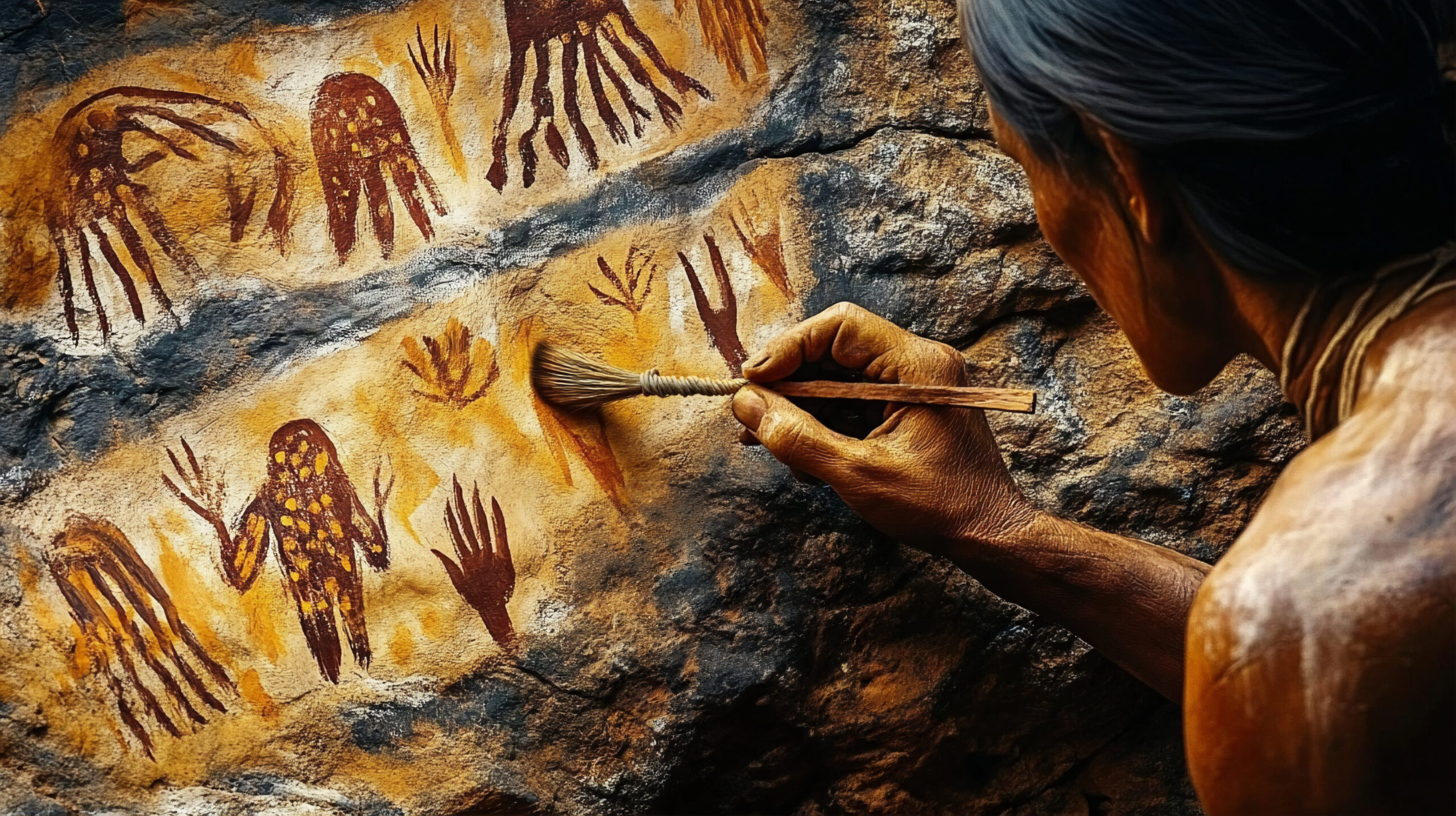Ancient Artz is the earliest recorded forms of human expression rooted in civilizations that possessed written language. This art embodies the beliefs, rituals, and daily life of the early developed world’s most advanced societies.
These cultures, ranging from Mesopotamia to Egypt, left behind more than mere written texts. They outlined their very being in stone, pottery, and temple walls.
The Birth of Ancient Artz:
The birth of Ancient Artz coincide with the creation of writing. When civilizations started documenting their musings through writing, artistry evolved from mere patterns into significant means of communication.
Art was no longer an emblem alone; It started depicting law, religion, education, and politics.
Key Civilizations Behind Ancient Artz
The integration of writing and art by several literate civilizations gave rise to what we term belatedly as Ancient Artz. Not only did those cultures record history but enhanced art through their writing systems.
Key Contributors:
Mesopotamians: Cuneiform inscriptions thrived on tablets, statues, and stele.
Ancient Egyptians: They mingled wall paintings with hieroglyphics in temples and tombs.
Shang Dynasty of China: Inscription on oracle bones and bronze vessels marked the era for ceremonial writings.
Maya Civilization: They produced splendid glyphs, intricate carvings, and codices.
The artistry of each culture flourished additively through the unique veryrics scribing their histories and legends, making them visually incremental archives.
Forms and Mediums of Ancient Artz
Ancient Artz was manifested in different forms based on the material as well as the purpose. For their longevity, stone, clay, and bronze were three favorable mediums.
- Common Art Forms:
- Sculptures: Most often, religious or political in nature.
- Reliefs: Carvings on temple walls or monuments.
- Pottery: Mythological scenes or daily life could be seen painted on ancient pots.
- Calligraphy: Last but not the least, was important especially in Chinese ancient art.
The combination of text and images made these works also serve as a means of education, spirituality, and recorded history.
Purpose and Meaning Behind Ancient Artz
Within the context of literate societies, art does hold practical and symbolic meanings. The works were aimed towards:
1: Worshipping of proper deities and ancestor
2: Recording of royal achievements
3: Educating future generations
4: Upholding cultural rituals
Ancient Artz helped people understand their place in the universe and ensured that their stories lived on.
Preservation and Modern Relevance
The integration of text and imagery gave these works an educational, spritual, and historical function.
Due to materials used, such as stone and clay, most of Ancient Artz is intact. Archeological sites and modern museums display these artifacts to help us understand early civilizations.
The prserved art gives insights into ancient languages, politics, and daily life, telling their untold stories.
Ancient Artz and Its Modern Relevance
Ancient Artz allows us to believe how art and writing shaped humanity. The earliest pieces of humanity’s creativity and expression demonstrate that construction has always been indispensable for civilization.
Today’s creations continue to evolve from these age-old traditions. The advancement of cultures continues to influence global artistic heritage today through symbols and storytelling.
Important Highlights Regarding Ancient Artz
- The reference Ancient Artz applies to artworks developed by literate ancient civilizations.
- It served to document events, worship deities, and convey messages.
- Notable contributors include the Egyptians, the Mesopotamians, the Chinese, and the Mayans.
- The aesthetic and meaningful combination was made possible through writing and art.
- A vast amount of this art still exists today and continues to teach and inspire many people.
My Conclusion
Ancient Artz combines beauty and expression. This shows that after developing language, humanity unlocked countless ways to visually communicate thought.
The further we explore Ancient Artz, the deeper we delve into the world’s oldest civilized minds.
